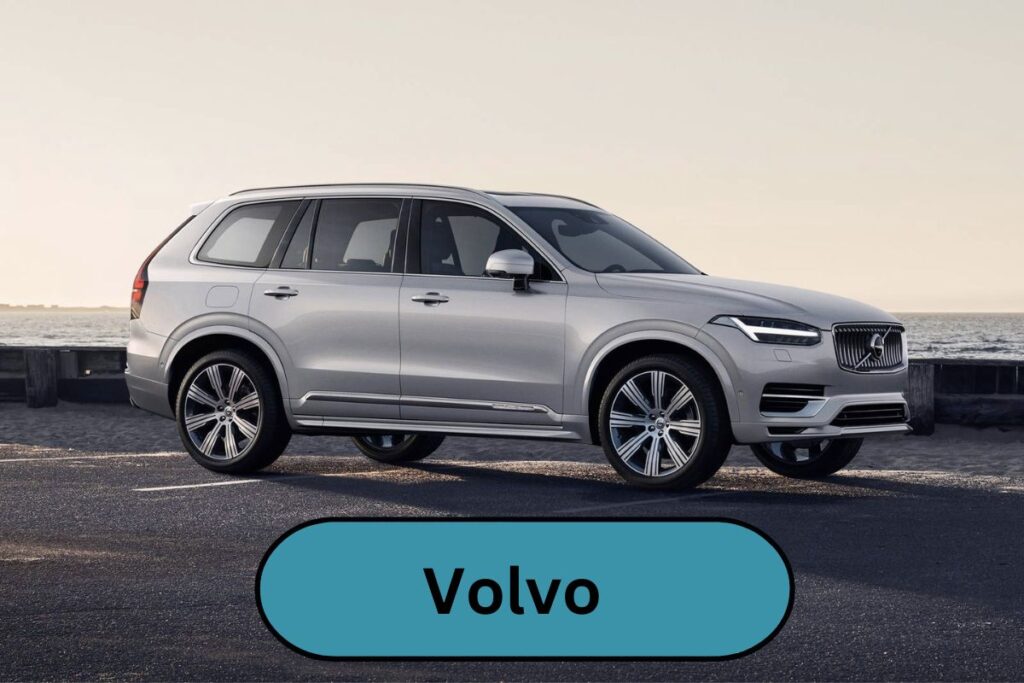Names like Tesla, Lucid, Rivian, and maybe even Rimac come to mind when discussing state-of-the-art, ground-breaking, and market-leading electric automobiles. To give just one example, Volvo is not the type of corporation you would think of. Volvo, on the other hand, has been quietly making some huge strides that have allowed them to not only catch up to these EV heavyweights but even surpass them.
This became clear when Geely, Volvo’s parent firm, revealed that next year they will begin rolling out 600 kW charging technology. This will allow them to get an incredible 186.41 miles of range out of a five-minute charge for their vehicles. Is this, however, sufficient to overtake Tesla?
To set the stage, let’s examine the background. As an example, a Tesla with the fastest chargers can get a full charge of 200 miles in about 15 minutes, with a maximum charging power of 250 kW. That’s almost three times as fast as Tesla, making Geely’s vehicles more convenient.
The question then becomes how Geely has accomplished this. The new battery and charging accessories are to blame, of course.
If you don’t have a supercharger that can match the charging speed of your electric vehicle, there’s no purpose in making the vehicle. However, creating fast chargers isn’t always easy. That’s because there are challenges with everything from heat control and supply load to safety and mass production.
To their benefit, Geely also has a subsidiary known as VREMT. They have not only constructed a 600 kW charger but are also prepared to mass-produce it. However they did it, Geely now has permission to develop electric vehicles with large charging capacities.
However, electric vehicles share the same difficulties that gasoline-powered vehicles do when it comes to rapid charging. Because of the potential danger of overheated batteries, the battery pack requires special cooling measures. It is also important that the cell chemistry is engineered to be stable during high-power charging. If not, their usefulness period will be drastically shortened. However, the majority of these requirements-compliant batteries have poor energy densities, therefore an EV powered by them would have a very restricted driving range.
Read More:
- Interior Radar Sensing in the Volvo EX90 SUV Will Alert the Driver If a Child or Pet Is Left Behind
- Volvo C40 Price, images, Specs And auto Facts
- Renault Triber Price, Images, Specs, Features And Auto Facts
But not Geely; they were the pioneers in adopting the CATL Qilin battery.
The Qilin was the subject of an earlier piece of mine (click here for that article). However, I will provide a brief summary below. CATL, a supplier of batteries to firms like Tesla, set out to create the best EV battery possible. However, instead of Tesla’s 4680 cylindrical cells, they employed racks of prismatic cells that looked like blades.
In contrast to cylindrical cells, prismatic batteries can pack significantly more power into a given volume. Thus, the Qilin is able to pack such a high energy density that they can easily squeeze enough capacity into an EV to give it a range of 600+ miles on a single charge. The increased surface area of these blades allows for more effective cooling than is possible with any other design. Their battery chemistry is also incredibly reliable. Those two features work together to speed up the Qilin battery’s charging time from ten minutes to eighty percent full.
Zeekr, a subsidiary of Volvo, will be the pioneer in installing this battery in their 001 models. Obviously, I have already written about this amazing car (if you want to read that piece, click here), but let’s quickly review it again. As of 2021, the 001 was on sale in China, albeit with a new battery pack. This model can drive from 0-60 mph in 3.8 seconds, has a range of 435 miles on a single charge, and costs the equivalent of $48,000. The inside is also of high quality and reminiscent of a Volvo.
As a result, the current 001 already beats Tesla in all respects, including cost, power, range, and build quality.
In contrast, the Zeekr 001 will switch to the Qilin battery pack and go on sale in international markets like the United States, Canada, and Europe in 2023. The range of this upgraded version is increased to an astounding 622 miles, and its charging speed is increased to an incredible 600 kW. There has been no announcement on pricing, and the price per kilowatt-hour of the Qilin battery is currently unknown. Despite the additional $30k in cost, this new vehicle will still be miles ahead of any other EV on the market in terms of pricing, performance, and range.
Also, VREMT appears prepared to mass-produce their incredibly quick 600 kW chargers and roll them out internationally.
Eventually, rapid chargers will be widely available, and you’ll be able to buy an electric vehicle with a stunning high-quality interior, adequate baggage capacity, sports car-like acceleration, 622+ miles of range, and the ability to charge for 186.41 miles in just five minutes. However, you won’t have to shell out $150,000+. If anything, it should cost no more than $60,000.
This is how Geely, the parent company of Volvo, is humiliating Tesla and the other EV industry leaders. If I were Elon Musk, I’d be scrambling to figure out how to make our 4680 battery charge at these rates, or else I’d be looking to add the Qilin battery to our inventory. However, if this trend continues, Teslas may become obsolete. Further, Tesla is capable of doing this. Remember, CATL batteries are still found in the Model S, X, and 3. However, until Musk makes this change, it appears like Geely will soon hold the technological advantage in the EV race.

